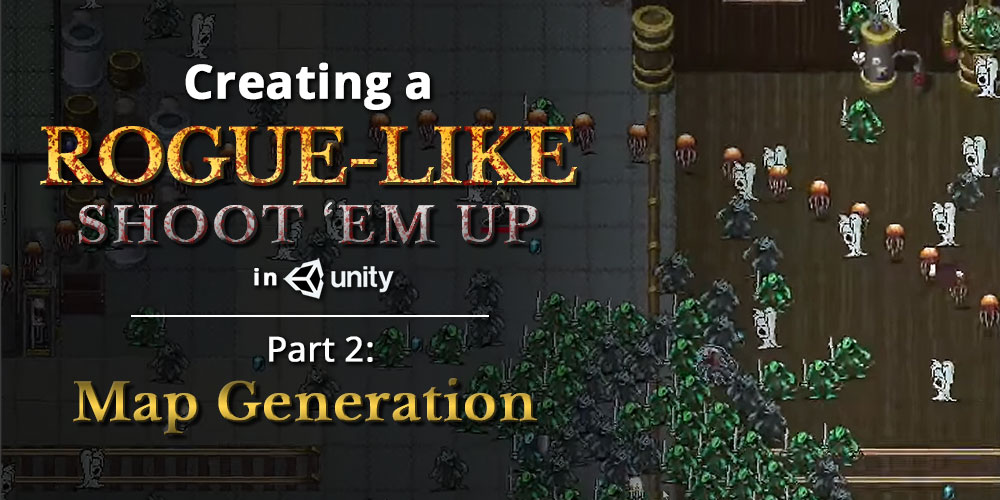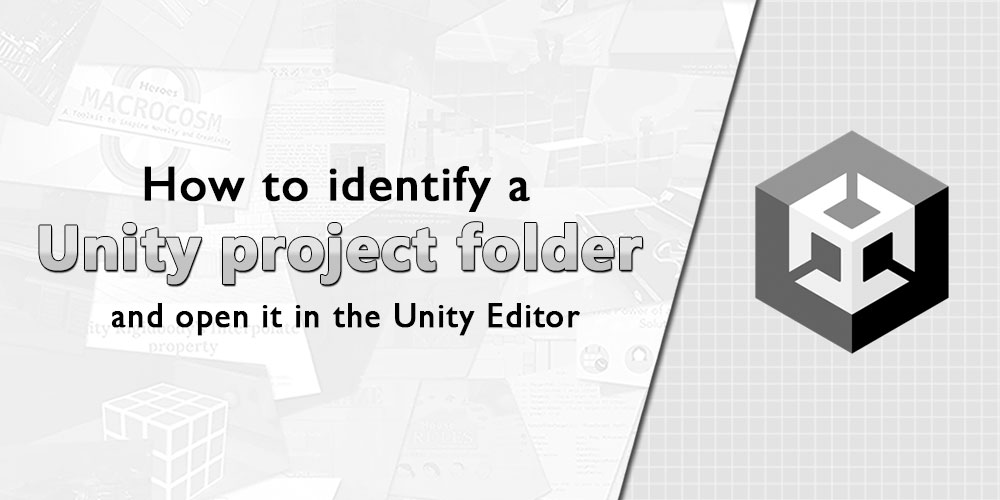Ever wanted to create a rogue-like shoot ’em up game like Vampire Survivors? In Part 3 of our guide, we will go through how to create our first weapons and basic enemy AI. You can also find Part 2 of our guide here, where we went through how to create infinite map generation.
A link to a package containing the project files up to Part 3 of this tutorial series can also be found at the end of this article.
Continue reading








 Unlock Content
Unlock Content
